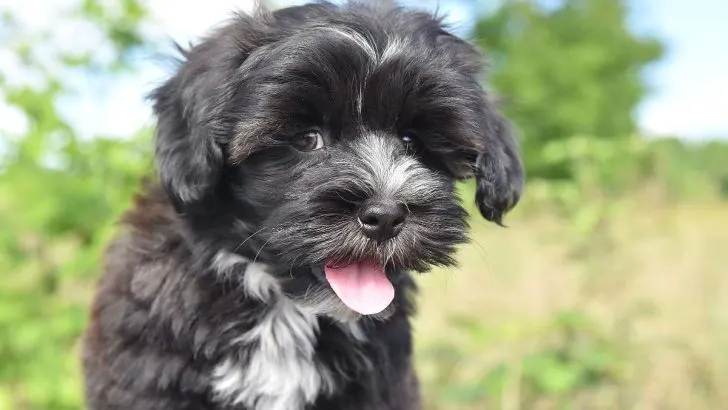The Havanese is a cheerful little pup that is native to Cuba. You might have seen various Havanese colors because this vibrant, extroverted breed is quite popular in the U.S.
If you want to add this fluffy dog to your family, you will undoubtedly want to know some of the large varieties of colors you can choose from.
These dogs carry different genes with various possible pigments, coloring them differently.
We will discuss all 27 different Havanese color varieties and patterns, so keep reading to learn more.
1. White
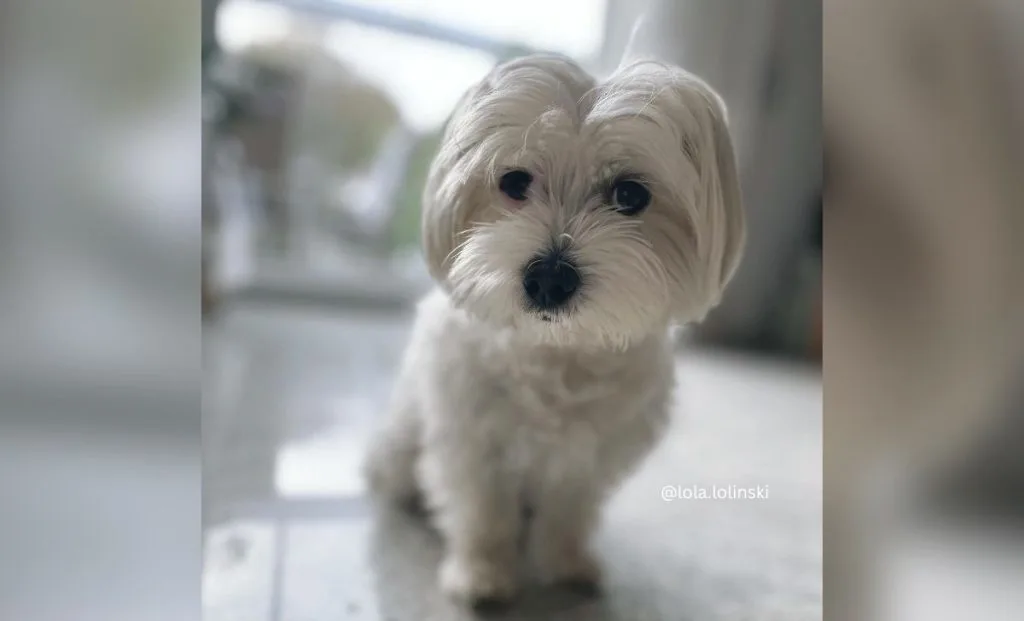
Completely white Havanese pups are one of the breed’s most widespread and easily recognized versions.
This color was among the first seen in this breed, making it a classic color.
Typically, the white Havanese pup is covered wholly in the white coat.
Regardless, some white Havanese have an occasional patch of tan or red hair around the paws or muzzle.
2. Cream

An untrained eye can occasionally mistake the cream color Havanese pup for plain white Havanese. Yet, the cream hue is a shade of brown.
By carefully analyzing the cream Havanese, you’ll notice that the coat is uniform.
The cream color can vary in power from vivid shades of gold to gentler off-white colorings.
Just like the blue-colored Havanese, the cream adult Havanese dogs can change color as time passes and they age.
3. Gold

The gold Havanese can be difficult to differentiate from other shades, such as tan or fawn.
Usually, the gold Havanese dog’s coat has a richer, more yellow undertone than the dogs with tan or fawn coats.
This undertone hue gives the gold Havanese dog an almost glowing appearance.
4. Fawn
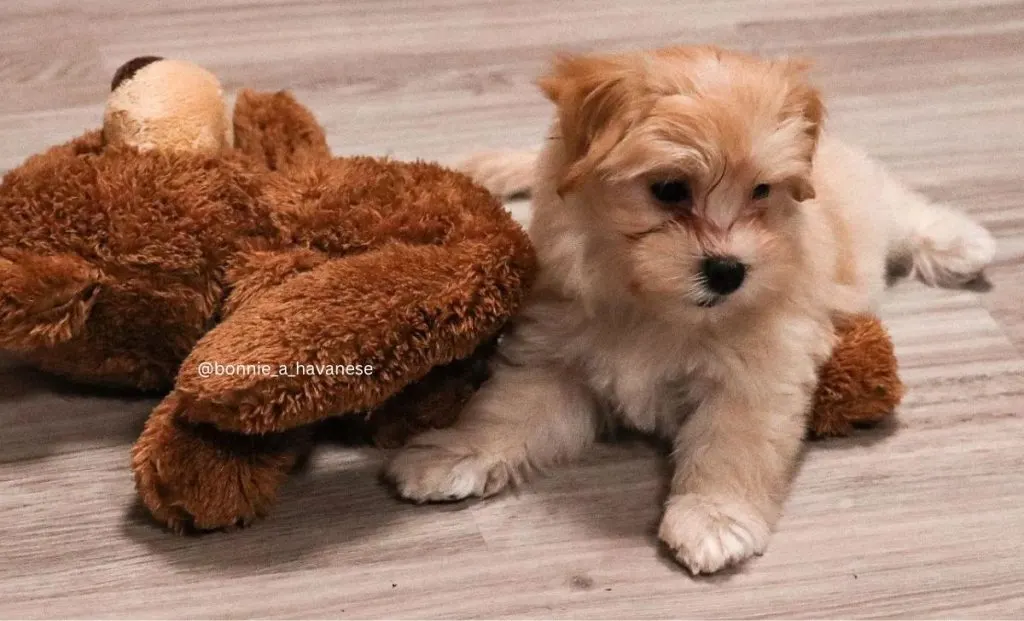
Havanese dogs with completely fawn coats can deviate more than different fawn-colored dog breeds.
While the standard fawn-colored dog is pale, possibly even diluted in color, the fawn Havanese dog can be vivid and intense in color.
The beige-like shade can truly shine with the Havanese’s long, wavy fur. Even so, many fawn Havanese dogs can be just as pale as the average fawn sable dog.
5. Red
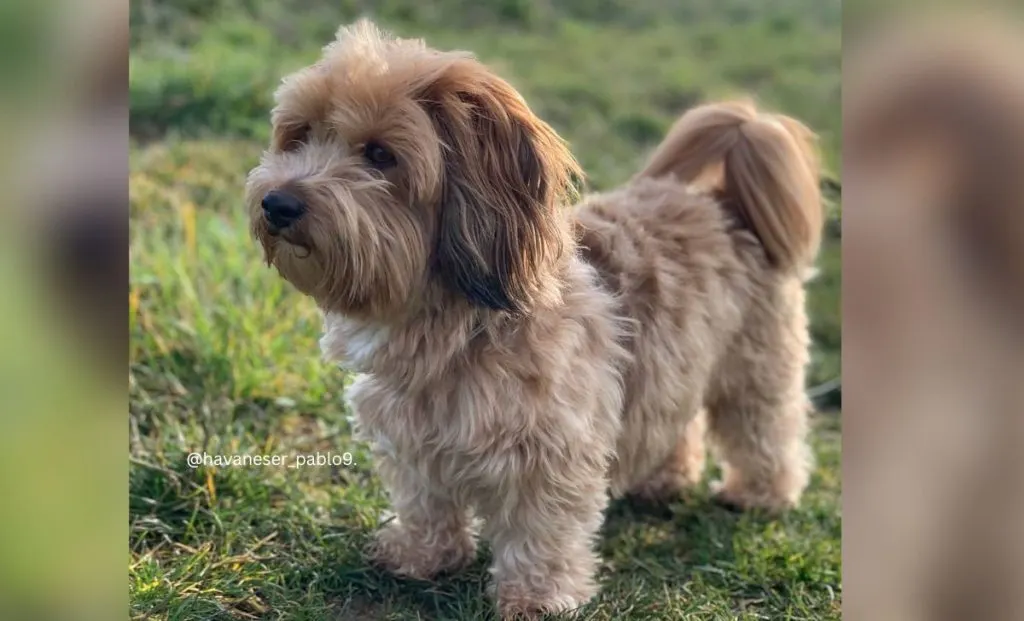
The red Havanese pup has a gorgeous, reddish-brown coat color that covers the whole body.
The intensity of the red shade can differ, as some red Havanese puppies have a vivid, rusty hue while others are more earthy in appearance.
Red Havanese pups are one of the more typical coat colors at dog shows. Because of this, the red Havanese pup is steadily rising in popularity.
6. Chocolate Or Brown
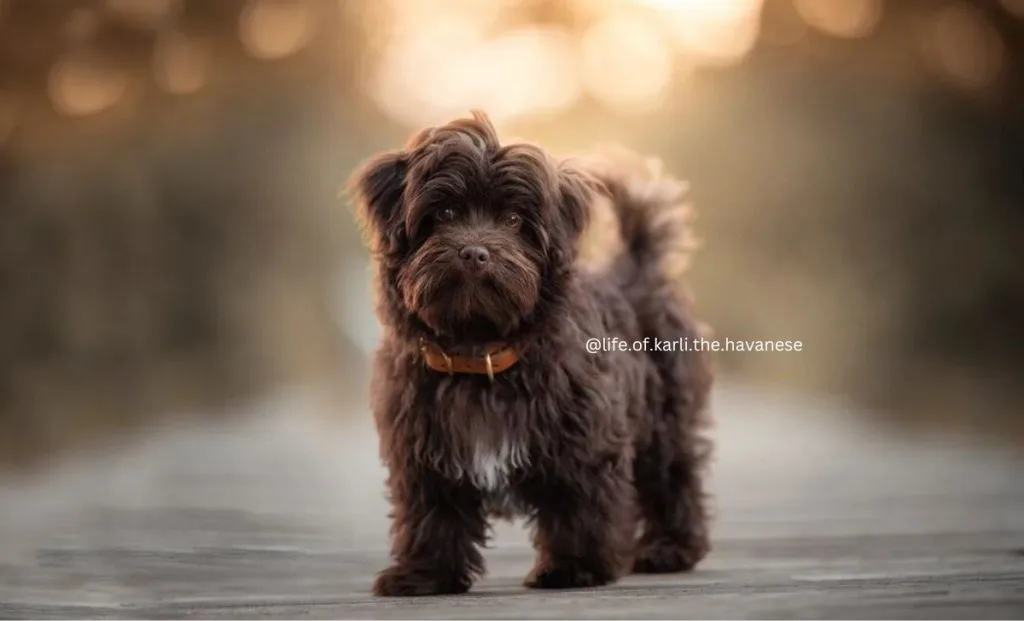
A chocolate Havanese pup will have a dark brown coat that covers the whole body.
There can not be markings in any additional color.
However, you may see discolored patches of fur. Around the chest of the dog, its belly, or the paws, the brown fur may be lighter than the rest of the body.
This is commonly noticed in youthful pups, and by two years of age, the chocolate Havanese should be settled into its permanent adult coat in brown color.
7. Black
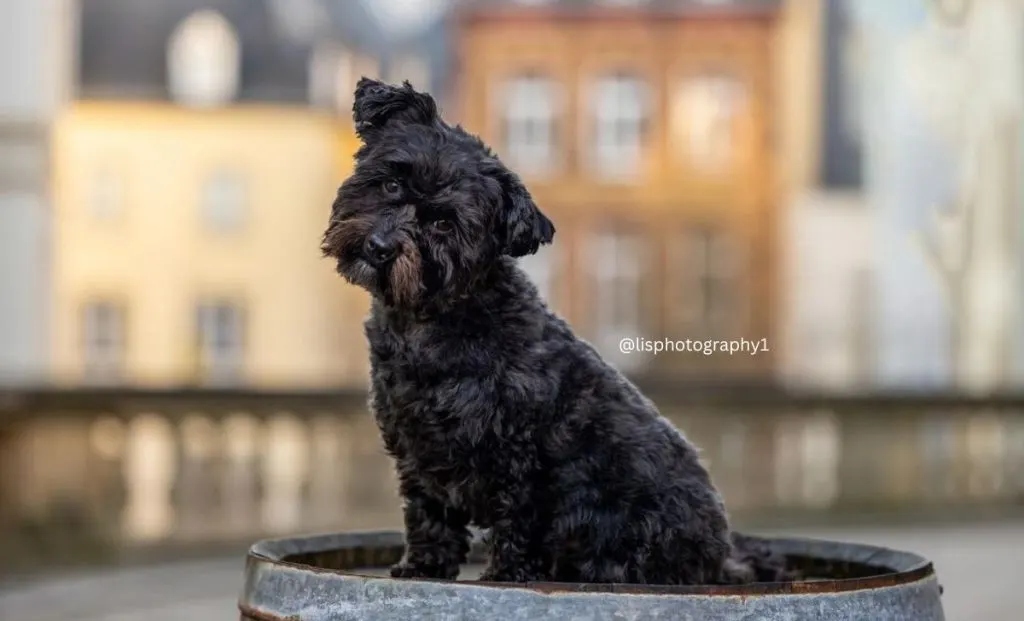
This Havanese variety is wholly covered in a black coat.
No markings are allowed on this pup, so there are no chances for other shades to sneak into the coat.
A characteristic that makes the black Havanese dog reasonably unique is that it will not change color as it grows older (excluding the dogs with the silvering gene).
However, if the dog has a silvering gene, it will lighten to a silver color when it matures, only on the black parts.
Most, if not all, Havanese pups modify color slightly while aging, so the black Havanese’s consistency is intriguing!
8. Apricot
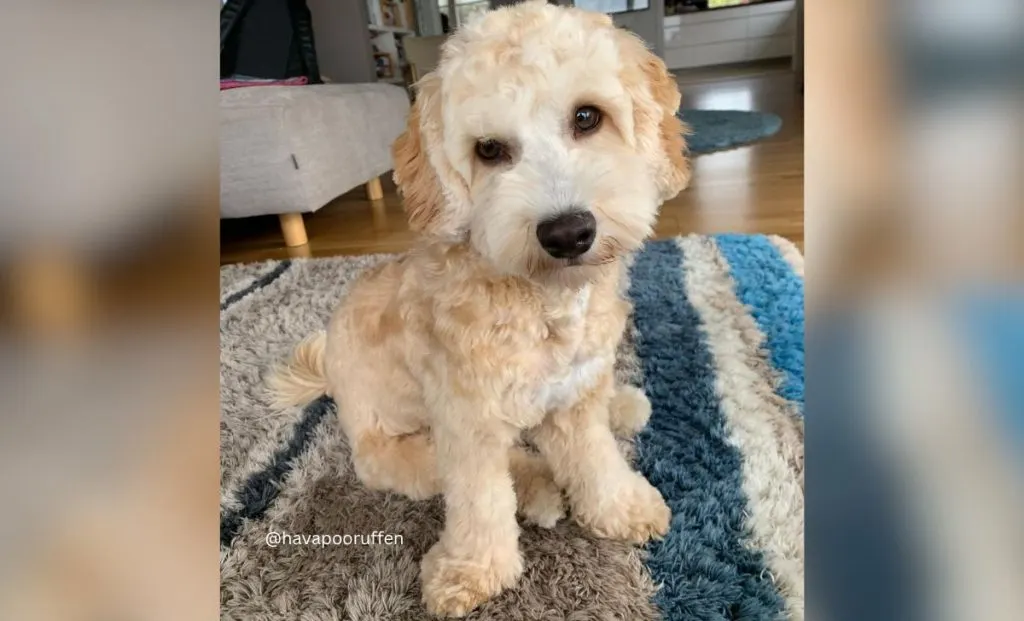
The apricot Havanese dog has a softer brown hue with faint undertones of red.
Apricot can be a tricky color to formulate in the Havanese breed since it is a recessive gene.
Maintaining the color can also be challenging since it tends to fade in the sunlight.
If you have an apricot Havanese pup that spends lots of time outside, you can anticipate the vivid pigment to fade over time.
9. Silver
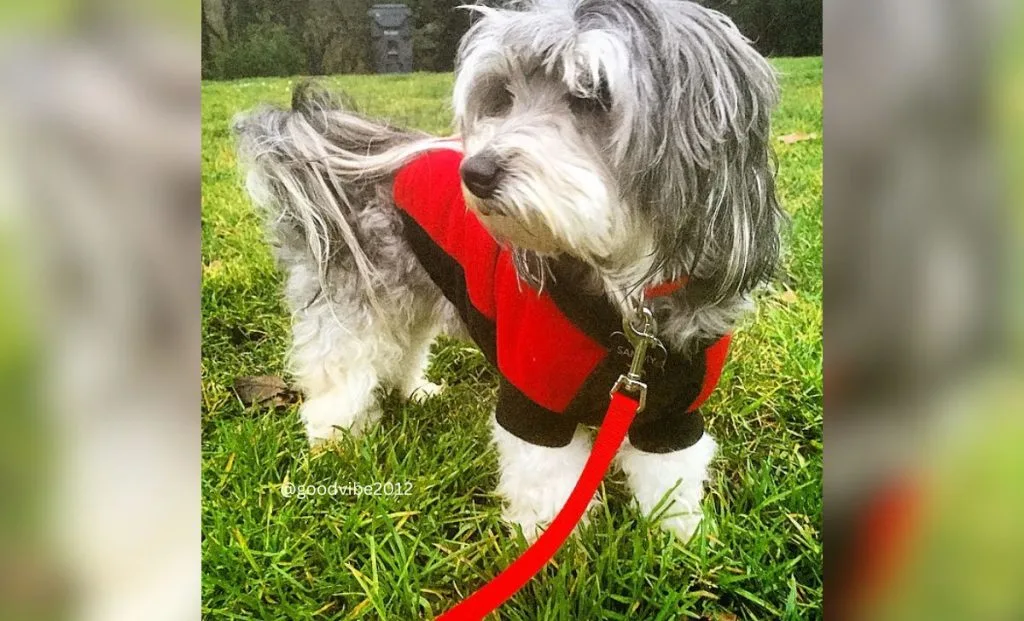
Silver coats in this breed are extremely rare, but if you can locate a silver Havanese, the search will be well worth it.
The silver Havanese is extraordinarily stunning, with colors varying from platinum, pewter, and dark gray.
Silver Havanese pups are born with black coats that lighten in color around four weeks of age.
It will be tricky to tell which hue of silver your Havanese puppy will take on until it is a year old.
10. Blue
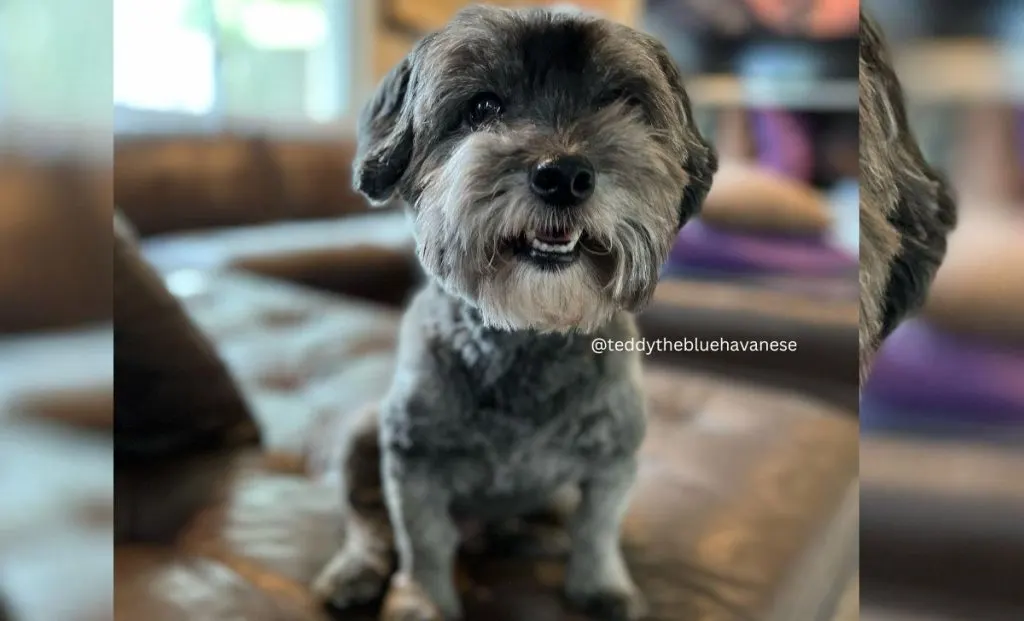
Blue is among the rarest shades that a Havanese pup can generate.
Genetically, it is an outcome of diluting the genetics in black Havanese pups.
The blue Havanese dog can be hard to describe because their look may change drastically throughout their lives.
Their coat will commonly seem to be a pale, diluted version of black. Yet, their coats may appear silver when they are younger.
11. Sable
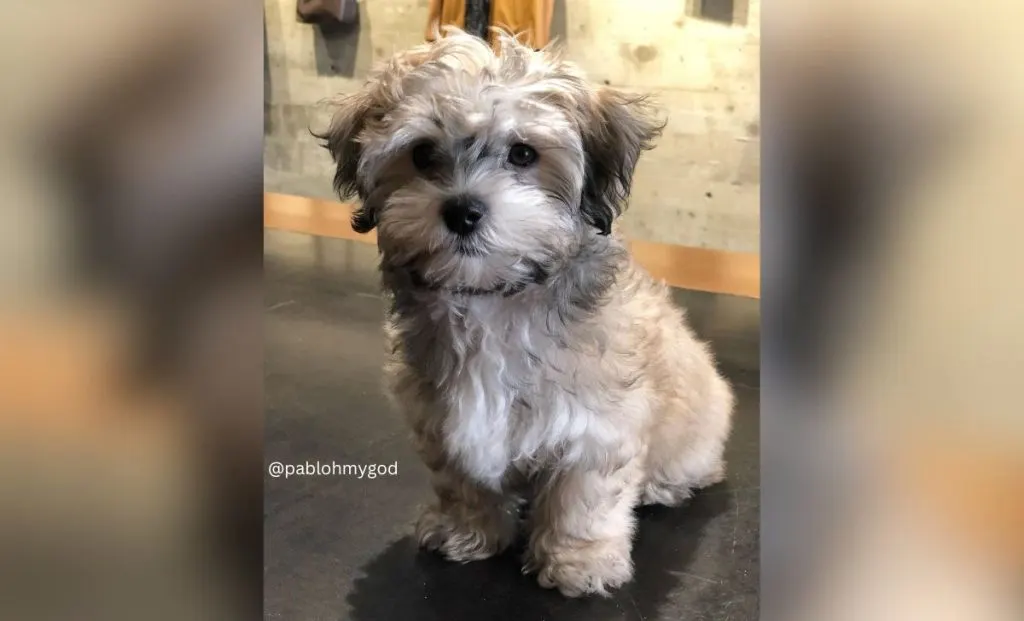
Havanese pups with light fur that have dark-colored tips are called sable. The darker tips are usually black, brown, or another similar color.
The lighter fur base is often gold, tan, or white. Sable dogs do not always have uniformity across their whole coats.
In many examples, the sable tip markings will be dense in some regions and sparse in others.
12. Brindle

Brindle is a unique color pattern that produces dark stripes against a lighter base.
The dark stripes are generally black or brown, while the lighter coat base is typically a softer shade of brown.
The delightful stripes can be hard to notice with the Havanese’s long fur.
You may need to cut away some extra fur to admire the brindle Havanese’s loveliness fully. The brindle gene is very rare in this breed.
13. Merle
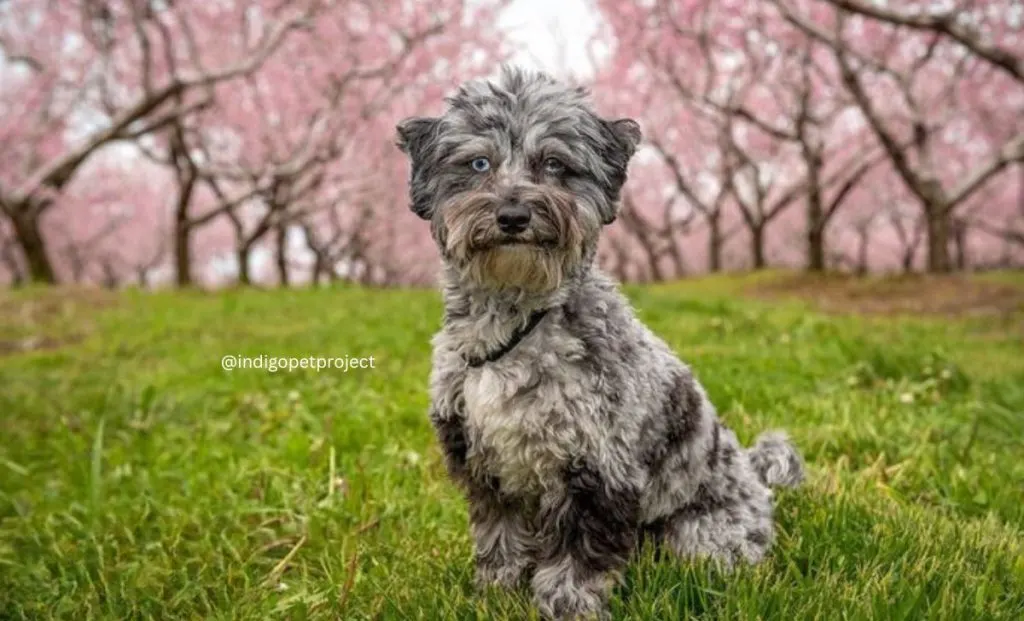
Merle is a unique pattern where puppies will have dark, erratic speckles all over their body.
These speckles will generally be black, although some merle puppies have brown or red speckles.
The coat under the speckles tends to be lighter, like silver, gray, or white. Another unusual characteristic of the merle coloration is that some Havanese pups will have a bright blue eye color.
Regardless, if irresponsibly bred, the merle Havanese dogs will have severe health problems such as deafness or blindness.
That is why two merle dogs should never be bred together.
14. Black And Silver
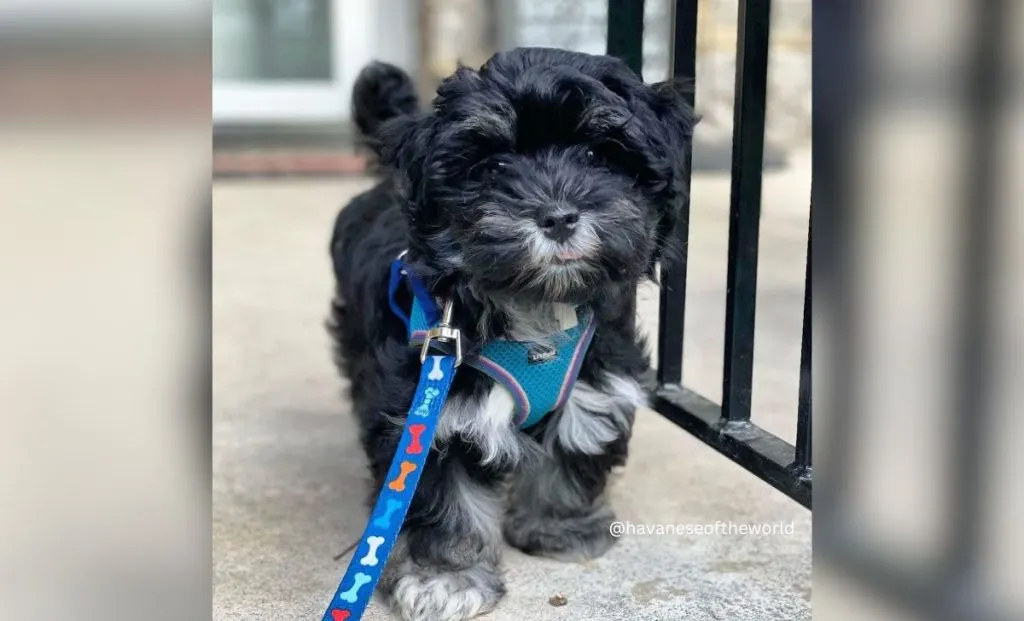
Havanese puppies with black and silver coats can be tricky to classify because there is a wide variation in how the black and silver colors will be displayed.
Commonly, the black and silver Havanese canines have primarily black coats. The silver markings are usually restricted to the paws and face of the dog.
However, some black and silver Havanese puppies have splotches of color everywhere.
15. Black And Tan
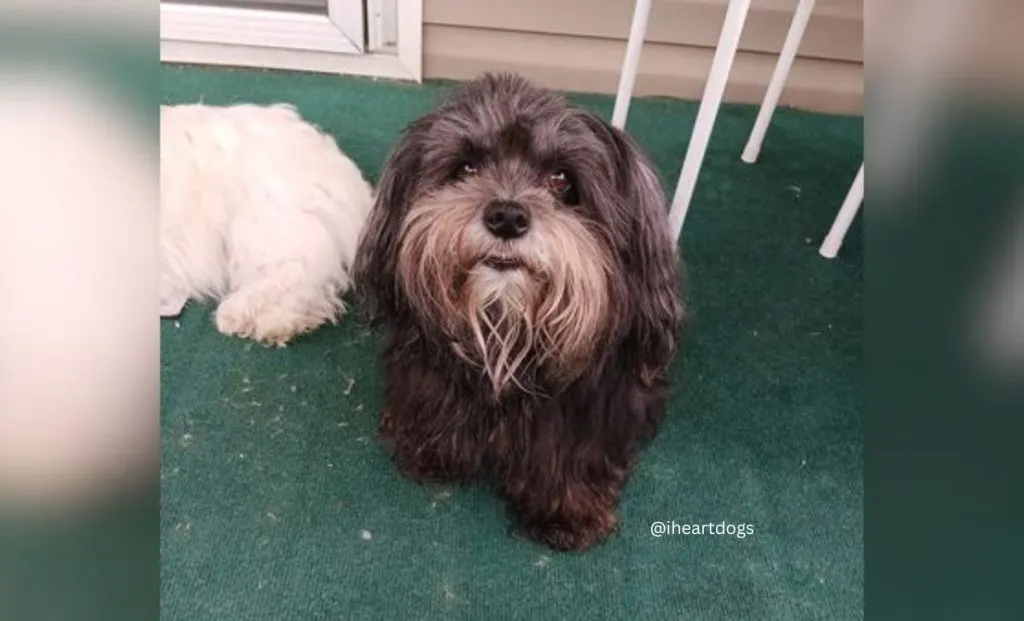
The black and tan Havanese puppy is a stunning yet uncommon variation.
Black is the dominant color of the coat, appearing on most parts of the puppy’s head, torso, tail, and limbs.
Tan patches of fur tend to be noticed on the muzzle and over the eyes of the dog. It might also show around the pup’s paws, chest, or neck.
16. Brown And White
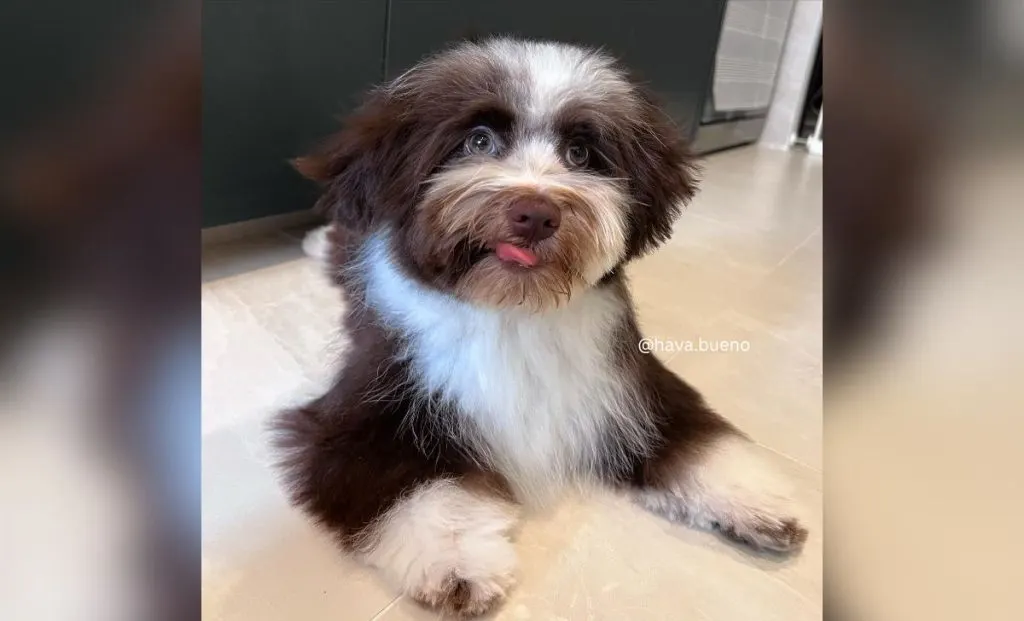
The chocolate and white Havanese dog is effortlessly one of the most popular color variations of the breed.
This variation of the Havanese typically has a consistent marking distribution.
Most of the coat is dark brown, while white spots cover the dog’s face, paws, neck, and chest.
Nevertheless, the Havanese’s white coat may take up more extensive areas in some examples.
17. Tan And White
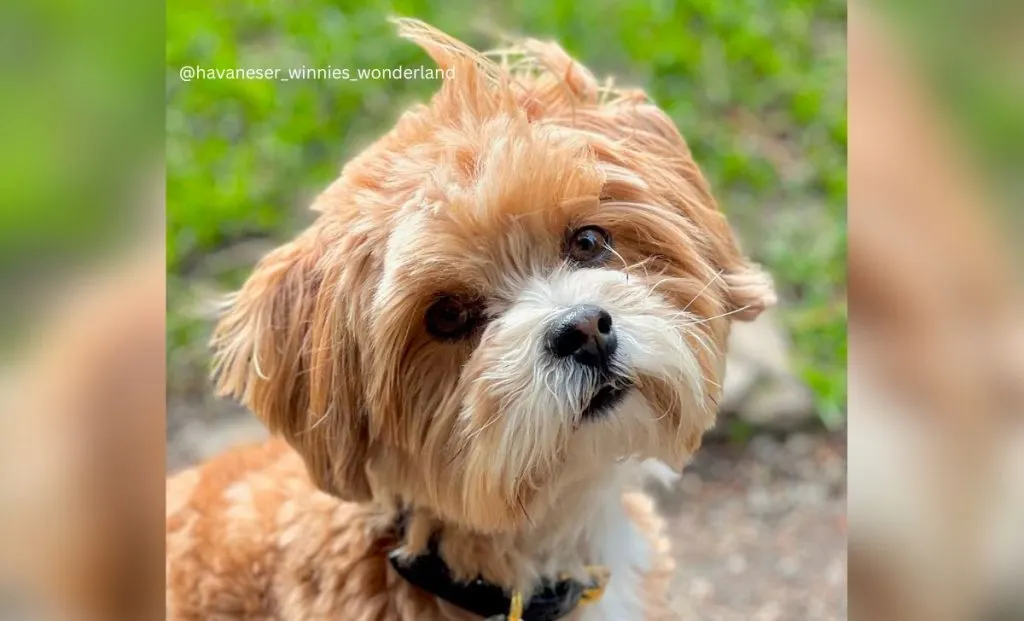
Even though tan and white may not appear unusual, tan and white Havanese dogs are rare!
The bicolor variation is also unusual regarding the Havanese dog breed because most bicolor pups have the tiniest white fur.
In contrast, white is the predominant color in the tan and white Havanese.
The tan points are commonly found on the limbs of the dog as well as its belly and chest.
The hue can vary from a solid, nearly brown tan to a faded shade that resembles yellow.
18. Red And White
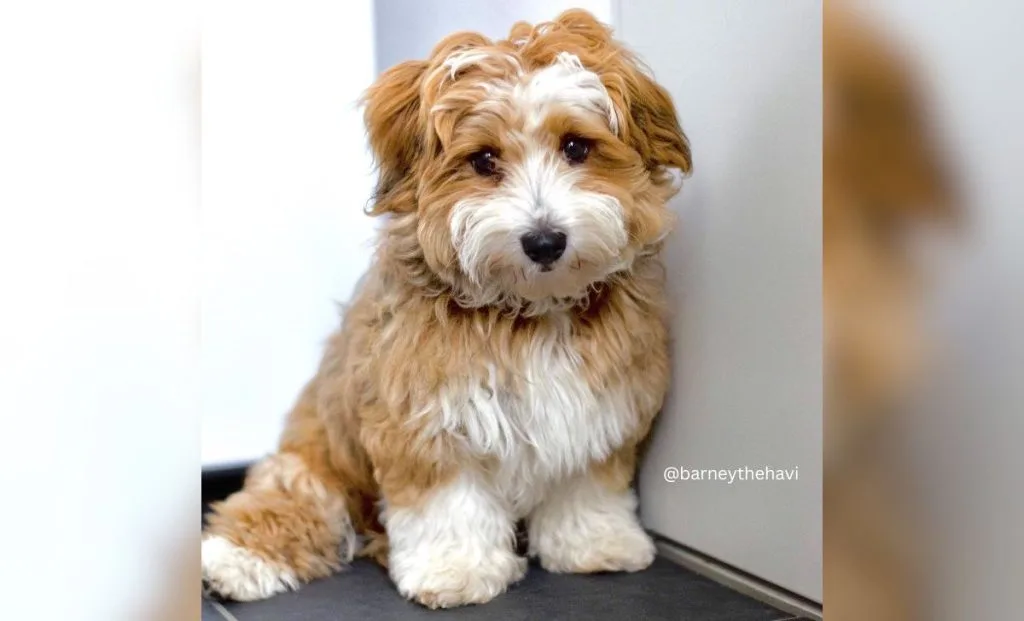
Havanese red and white puppies are wrapped in a red coat adorned with white markings.
Sometimes, these markings are predictable. This includes markings around the neck, face, paws, and chest.
In other cases, the markings may be spread entirely randomly. Periodically, a red and white Havanese will have white as the base color with the occasional red marking.
19. Silver And White

The silver and white Havanese are a unique variation. The distribution of colors is eye-catching, giving it a salt-and-pepper appearance that many dog owners love.
For the most part, the coat is covered in a silver-gray color. However, there are speckles of white throughout that keep the fur looking interesting.
In some cases, the white fur may even cover as much of the body as the silver hair does.
The white fur can cover the face, chest, limbs, and neck.
20. Silver Markings

Silver markings on the Havanese pups can be so slight that even experts miscategorize them as white markings. The silver markings are so soft and shiny that they can be deceitful.
However, when carefully watching over a Havanese dog with silver markings underneath good light, you should be able to differentiate the white from the silver, which will appear closer to gray.
These silver markings usually cover small regions of the Havanese’s body, such as the dog’s face, paws, and neck.
21. White Markings

Havanese pups with white markings tend to have a powerful presence, as the white coat covers many regions.
The white fur is commonly on the stomach and chest of the Havanese dogs, but it can also spread to the dog’s neck, face, or paws.
Even though the white markings cover multiple regions, they do not take up most of the dog’s coat.
Most of the coat must be covered by brown or black colored fur.
22. Tan Markings
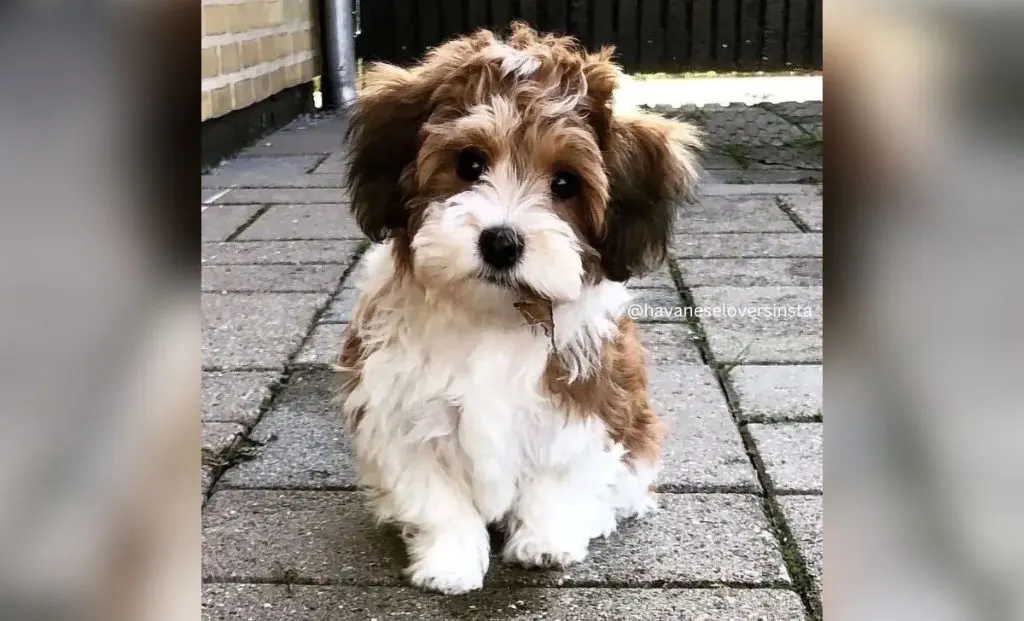
Like white markings, tan markings cover a small area on the Havanese.
However, tan markings cover even less of the Havanese’s body than white markings.
The tan markings usually appear on the face in a mask shape, including the mouth and small patches over the eyes.
Some Havanese with tan markings also have tan patches on their paws or neck.
23. Cream Markings

Havanese often have cream markings in combination with white fur, and they only cover a limited area.
This usually includes the face, the tips of the ears, the paws, or the neck.
The cream color may vary between dogs. Some Havanese dogs will have dark, almost tan-like cream markings, while others may appear pale and yellowish.
24. Parti-color
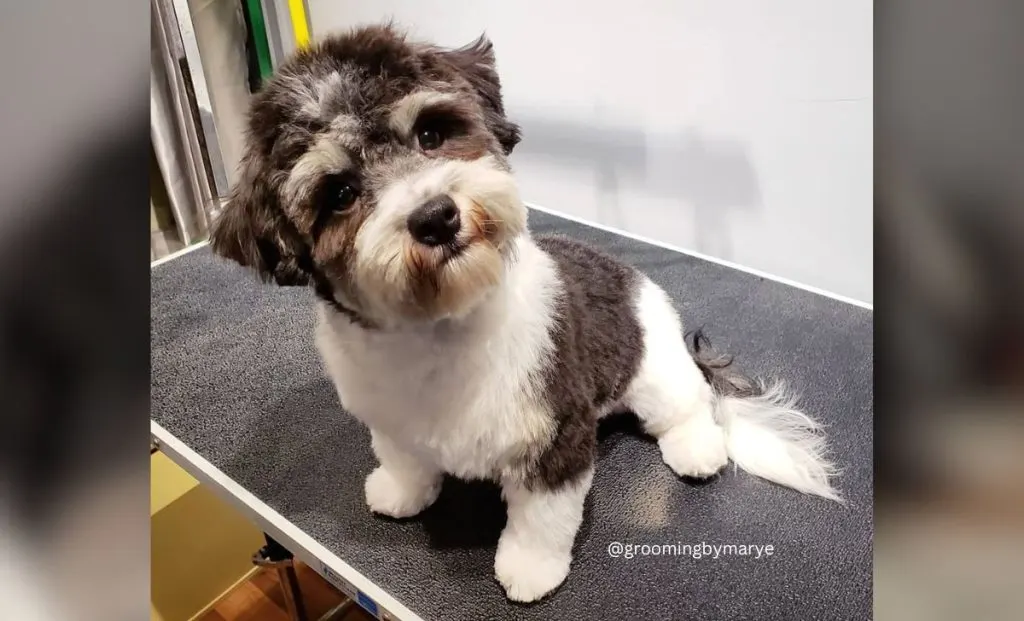
Parti-color Havanese dogs are often mistaken for Havanese dogs with white markings. However, there are notable differences between the two.
First, the particolored Havanese have less white fur than those with white markings.
Second, particolored Havanese are more unpredictable regarding the distribution of patterns.
25. Irish Peid

The Irish pied color is often mistaken for other colors on the Havanese dog.
White fur covers over half of the body of an Irish pied Havanese dog.
That is not always the case with different breeds, so the confusion is understandable. With the Havanese, the amount and location of white fur are unpredictable.
26. Parti Belton
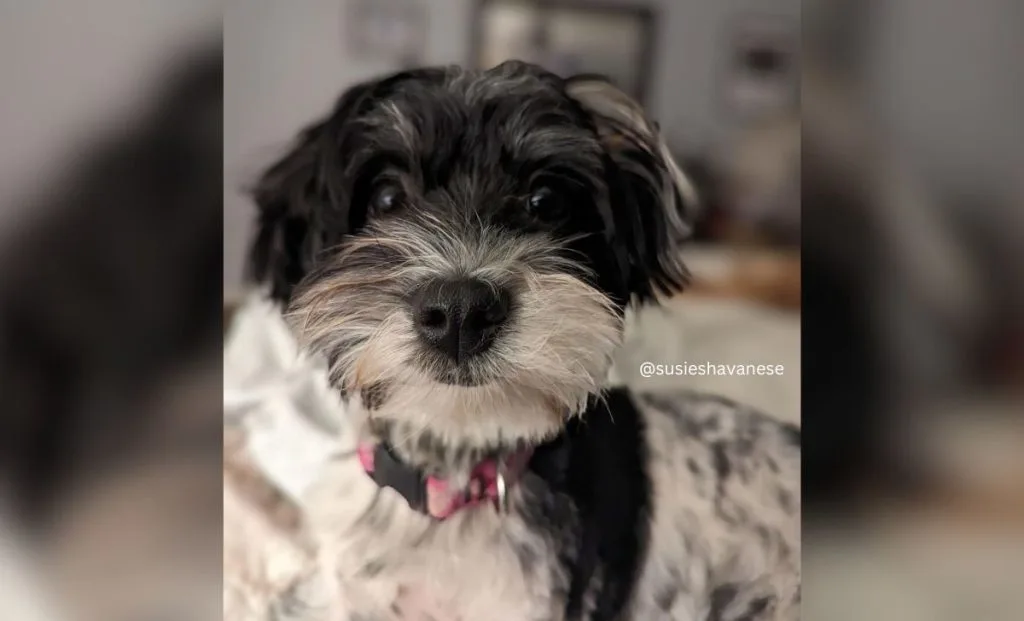
Parti Belton is a fun coloration pattern, not just because it has a cool name!
When Havanese dogs have this color, they have spots of hair that are colored differently from the cluster of hair they appear in.
Often, these spots of hair are darkly colored, such as brown or black. The clusters of hair are usually lighter in color.
As interesting as this color is, it can sometimes be challenging to determine whether or not a Havanese dog has the parti belton coloration because the breed has such long hair.
27. Tricolor
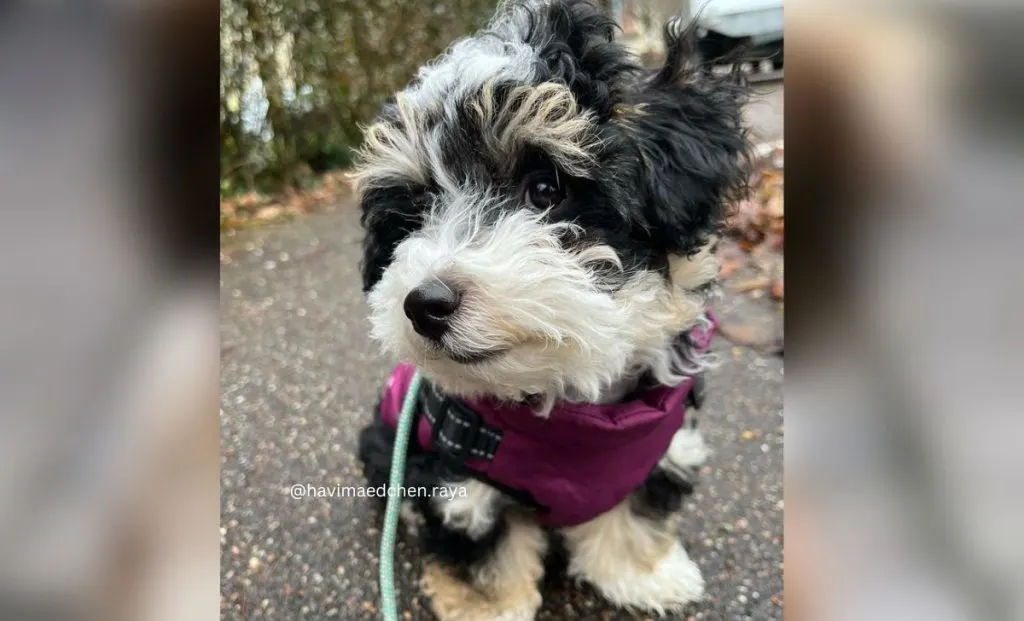
Havanese dogs can be seen in one, two, and even three colors!
The tricolor Havanese is a dog with three colors on its coat: black, white, and brown.
However, colors like blue and silver may also appear. This color variation makes it unique, and no two tricolor dogs are entirely the same.

Nandina has been a lifelong dog owner and enthusiast. She shared her home with multiple breeds, including Giant Schnauzers, Cane Corsos, and Huskies. Currently, she is raising a three-year-old rescue and a working-line German Shepherd puppy.
Actively engaged in IGP dog sports for two years, Nandina is a certified instructor for basic obedience and socialization. She works as a trainer in her local dog sports club, and in her spare time, she handicrafts biothane gear for dogs.
